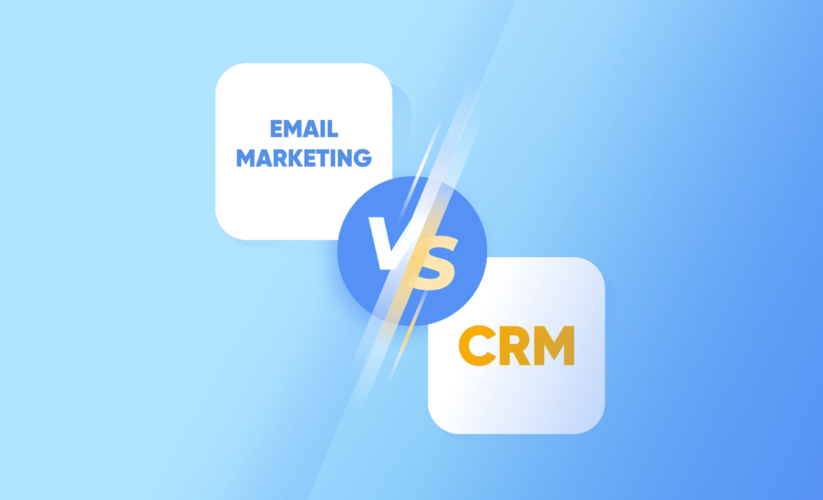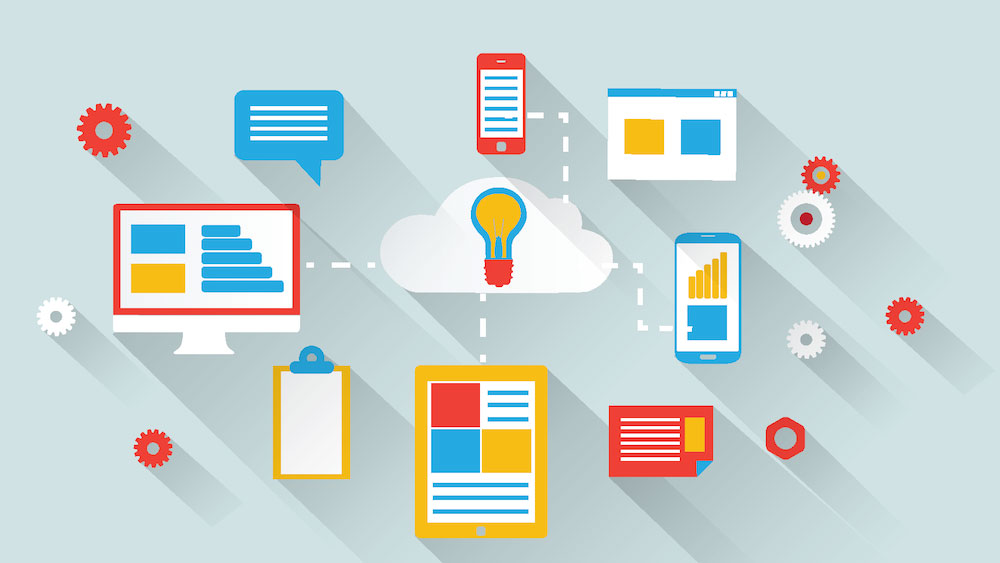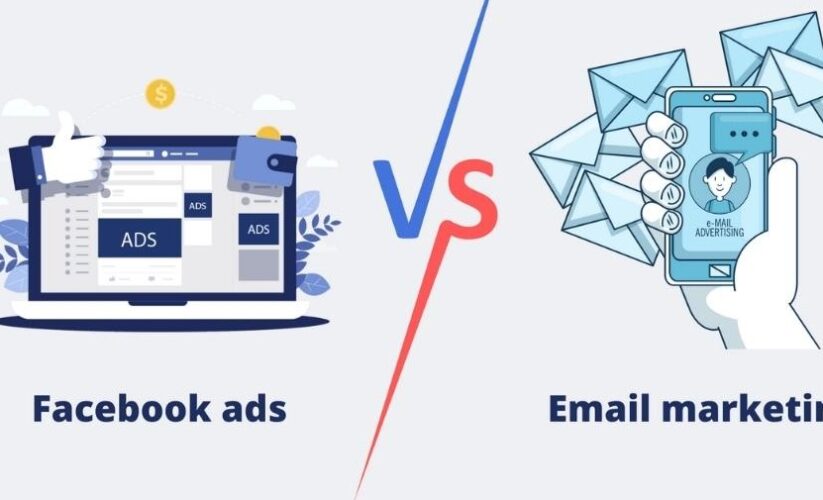
Email Marketing vs CRM: Key Differences & Benefits
In today’s digital world, businesses rely on technology to manage customer relationships and marketing. A common debate arises: Email Marketing vs CRM—Which is more essential? While both tools are powerful in their own ways, they serve different purposes. Understanding their differences and how they work together can help businesses maximize customer engagement and growth. This guide explores Email Marketing vs CRM, their key distinctions, and how to use them effectively.
Understanding Email Marketing
Email marketing is a strategy of running email campaigns to communicate directly with your audience. The main purposes are to promote products or services, build brand awareness, and nurture leads. Here’s why businesses focus on email marketing:
- Direct Communication: Email marketing provides a direct line to your audience.
- Personalization: Advanced platforms allow hyper-personalization of emails based on user behavior.
- Cost-Efficiency: It’s one of the most budget-friendly digital marketing strategies.
- Analytics: Real-time tracking of open rates, click-through rates, and conversions. Popular tools like Mailchimp, Constant Contact, and Sendinblue are designed to streamline email marketing efforts, offering templates, automation features, and analytics dashboards.
What is CRM?
CRM is a software package used to store customer data and record transactions with customers. This is a total approach of knowing and enhancing customers’ relationships, made up of: Data Organization: Centralized storage of customer information; Sales Tracking: Following leads and tracking their progress in the sales funnel; Customer Support: query resolution and enhancement for post-sale services; Insights and Reporting: Analyzing customer behaviors to drive informed decisions.
Examples of top-tier solutions to manage customer relationships include Salesforce, HubSpot CRM, and Zoho CRM.
Email Marketing vs CRM: Key Differences
Although both tools have some overlapping features, they target different business growth aspects. Here are the key differences in the aspect of both systems: –
- Aspect
- Email Marketing
- CRM
- Primary Function
- Marketing and Customer Engagement
- Customer Relationship and Data Management
- Focus Area
- Sending targeted email campaigns
- Tracking and nurturing customer journeys
- Data Usage
- Email performance metrics and segmentation
- Comprehensive customer data and history
- Audience
- Leads and existing subscribers
- Leads, prospects, and current customers
- Automation
- Email scheduling and autoresponders
- Workflow automation and sales pipeline
- Reporting
- Email-specific metrics
- Overall customer relationship insights
How Email Marketing and CRM Work Together
Actually, combining email marketing with CRM is a smooth way to handle customer relationships and run campaigns effectively. Here’s how this synergy works:
- Centralized Customer Data
CRMs store all customer information that can be used in the creation of email marketing campaigns. For example, a CRM will log data on the history of purchases made by a customer; email marketing then utilizes that information to send product recommendations.
- Personalized Campaigns
Availing data from CRM, email marketing platforms send highly personalized content, abandoned cart emails, or birthday offers. This personalization of messages enhances engagement and drives greater ROI.
- Improved Segmentation
CRMs enable precise audience segmentation based on various factors like purchase history, behavior, or demographics. Email marketing tools then use these segments to send targeted campaigns.
- Lead Nurturing
Email marketing automations, powered by CRM data, can nurture leads effectively. For instance, a lead showing interest in a specific product can receive a drip email campaign to educate them about its benefits.
- Enhanced Analytics
Together, the two can help organizations understand the full journey of customers-from first contact to post-purchase feedback-and are always optimizing it.
Use Cases: Email Marketing and CRM
In an attempt to make its usage be best described, consider a look at some practical cases:
Scenario 1: E-commerce Business
- CRM Use: For storing customer’s history and purchase preferences.
- Email Marketing Use: To send customized product recommendations and special discounts.
Scenario 2: SaaS Companies
- CRM Use: Tracking of leads through the sales funnel.
- Onboarding emails and product tutorials are sent to new users.
Scenario 3: Small Businesses
- CRM Use: Customer inquiries and feedback.
- Email Marketing Use: Promote local events and special promotions to loyal customers.
How to Choose the Right Tools
When selecting email marketing and CRM tools, keep in mind the following:
- Integration: Consider the level of integration between the tools you will choose. Platforms like HubSpot offer combined CRM and email marketing functions.
- Scalability: Make sure to choose tools that will scale with your business.
- Ease of Use: Choose friendly interfaces to save time and costs related to training.
- Cost: Assess pricing plans and ROI for both solutions.

Best Practices in Using Email Marketing and CRM Together
To realize the full potential of these tools, here are some best practices that one should follow:
- Keep Data Clean and Updated
Your CRM data should be accurate and duplicate-free. This will ensure that updated data translates into better targeting of your email campaigns.
- Leverage Automation
Automate everything that can save time and send on time. Examples include welcome emails, follow-ups, and reminders.
- Analyze and Optimize
Go through the regular campaign analytics and CRM reports. Use insights to refine your strategies.
- Focus on Personalization
Generic emails won’t drive engagement. Use CRM data to craft tailored campaigns that drive real results.
Conclusion
In the case of email marketing versus CRM, neither has to outrank the other. While email marketing focuses on engaging with customers, CRM focuses on managing customer relationships. Merged together, they create such a powerful system that facilitates communications, nurtures leads, and increases conversions.
If you’re not already combining these tools, now is the time to start. By leveraging the strengths of email marketing and CRM, your business can deliver unparalleled customer experiences and drive sustainable growth.
For more expert tips and strategies, stay tuned to Blog DevZev, your trusted source for actionable insights in digital marketing and beyond.




